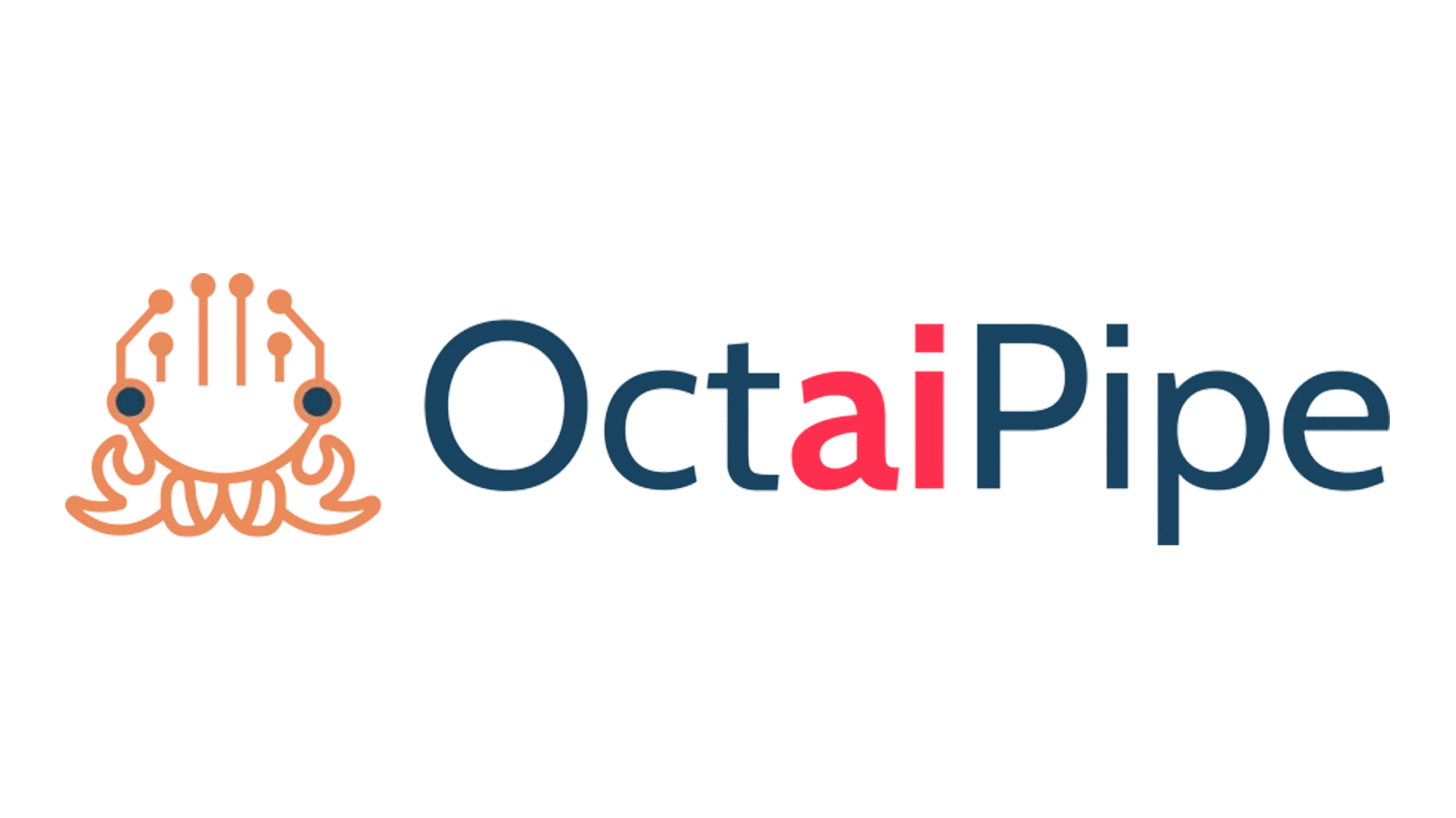Rapid changes are taking place as we enter the era of Industry 4.0 and Smart Factories. So what are the top 3 challenges for manufacturers when going digital?
Manufacturing organisations are now beginning to realise the importance of digitising and automating their processes, and are now enjoying reduced processing costs and increased efficiency.
Digital transformation in manufacturing is expected to register a CAGR of over 15% during the forecast period of 2019 – 2024, and according to Adobe’s 2018 Digital Intelligence briefing, 31% of businesses plan to add support for AI and IoT technology over the next 5 years (Business Wire).
Amidst the many major benefits that come with digitisation, there are still challenges that the manufacturing industry faces with regards to embracing technology as a core part of their infrastructure. Even though new technologies such as IoT (Internet of Things) have resulted in leaner manufacturing processes, many still find themselves grappling with how to utilise their machine data to make operational improvements.
In this post, we decided to explore the 3 major challenges that manufacturers often face when they go digital with their processes.
Disruption to existing processes
For many manufacturers, leveraging data-driven decision making and automating processes can come with some disruption. It is a transformation that needs to be driven from the core outwards, but it can leave many manufacturers confused as to what they should do with the existing systems and how to integrate the new ones into their infrastructure. In order to prevent this from occurring, it is fundamental to prepare for the shift by assessing the value of your projects before embarking on a digital transformation. By conducting short sprints of activity to establish a plan of action, you can mitigate potential risks in the development and adapt them to your new solution. This can ensure a smoother transition for your solutions and benefit your employees as they will be then able to establish a level of familiarity with the features of the legacy systems that have been transferred to your latest solution.
Adapting to changes in organisational infrastructure
Routines and standardised ways of working are what make employees comfortable at work, which can make it difficult for them to adapt to changes in company culture and infrastructure. Uncertainty is usually the catalyst for pushback when it comes to changes, and this can definitely be the case during a digital transformation. Having said that, digital transformation is vital to ensuring the progression of your manufacturing organisation, as it will help your business stay current with a competitive edge over non-adopters.
Employees need to understand the benefits of the new technology being implemented, as well as the fact that the new solutions can empower them to focus on primary tasks that add the most value to the organisation. Therefore, regular and clear communication is imperative to ensure employees champion the change and target solutions. Training can help your team get up to speed with the new digital processes in place and can help them utilise them at maximum efficiency. Above all, it is best to make sure that your employees are prepared for the digital transformation ahead of time so they can hit the ground running once the solutions are in place.
Analysing data
At this stage, manufacturers have realised the benefits of going digital, especially when it comes to the efficiency that IoT devices and machines can bring to manufacturing processes. These devices can aid organisations in gathering data that can help them boost efficiency, improve productivity, and optimise workflow across the whole infrastructure.
Data gathered can also allow for predictive maintenance to reduce downtime whilst future proofing vital processes. According to a PWC report, predictive maintenance could reduce upkeep costs by 12%, whilst extending the lifetime of an ageing asset by 20%. However, having your smart machines collate data is relatively straight forward. Analysing the data that your machines gather and using it in a constructive way is the challenge that you will face.
Many manufacturers rush to implement smart tech into their organisations without considering how to extract and analyse the data that their new systems have been gathering. By ignoring this important step, manufacturers will be none the wiser to metrics and insights that could be valuable in helping them make faster, data-driven, real-time decisions. Ultimately, understanding the technology that generates in-depth analytics and using it to optimise your business processes is what will result in continued ROI.
WHAT CAN YOU DO ABOUT IT?
By considering the challenge they are trying to solve or metrics they are trying to influence, manufacturers can leverage data science and advanced analytics to move from a reactive operations, repairing and replacing components to predicting events and fixing the component or machine.
If you would like to learn more about how predictive data analytics and machine learning can improve the production rates of your manufacturing organisation, visit us at the Smart Factory Expo or book a call with the team to understand how we can help you gain more value from your data.




